

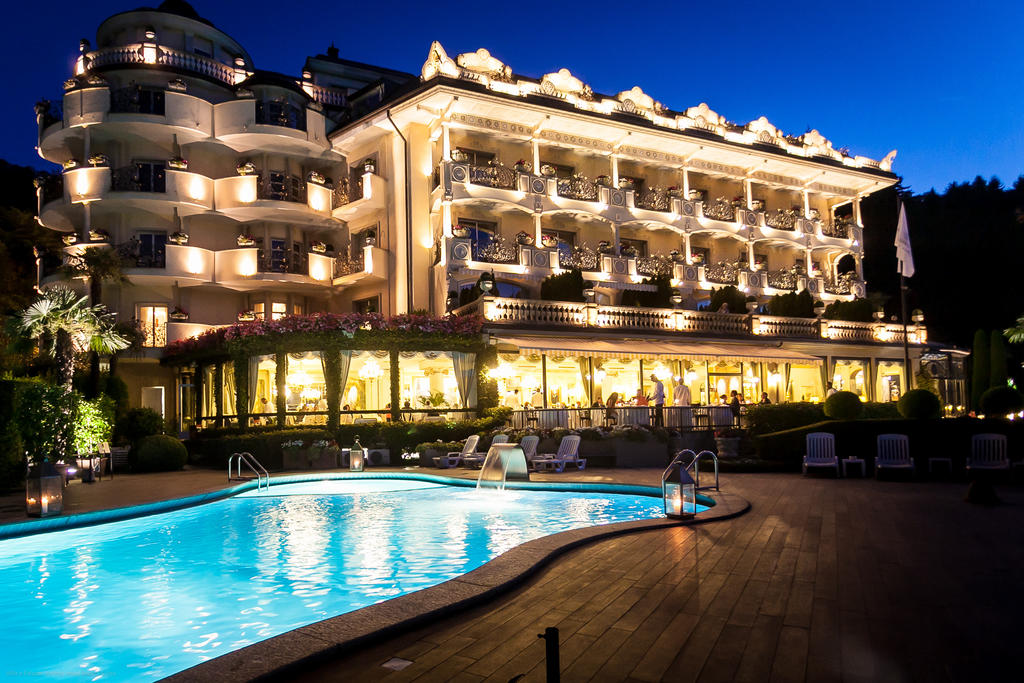



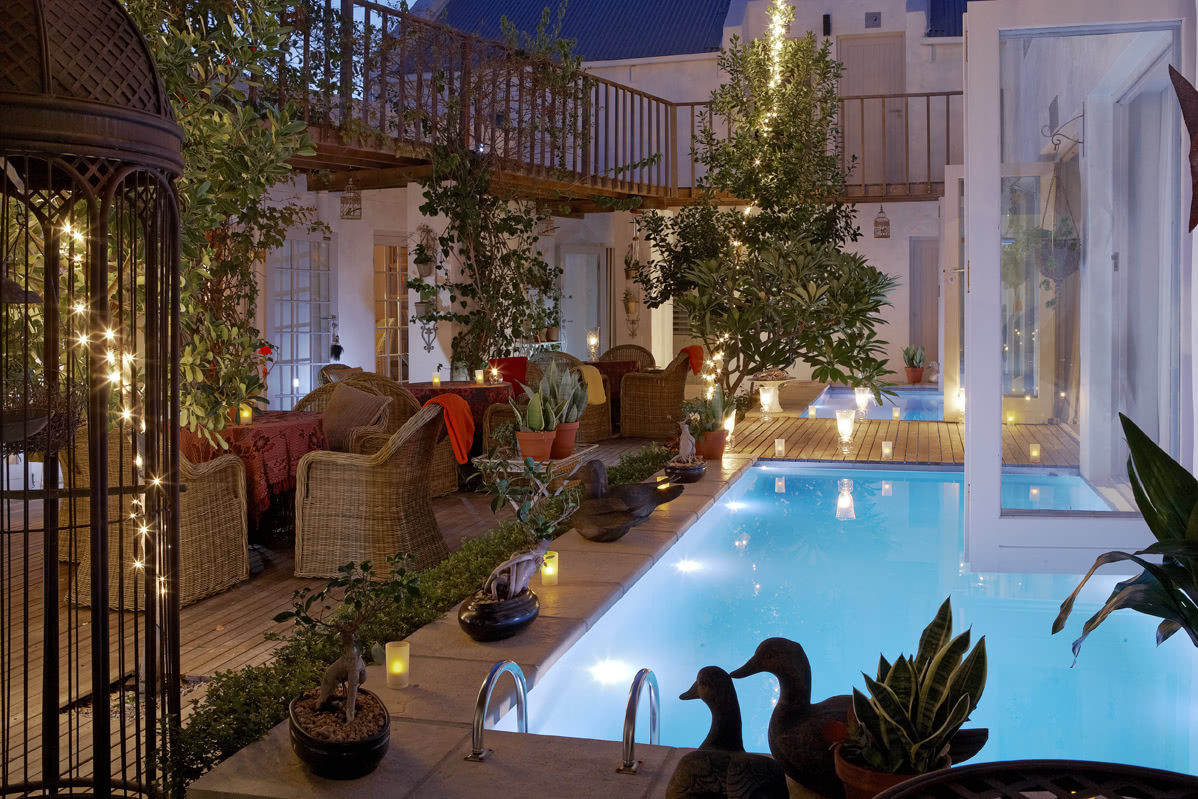
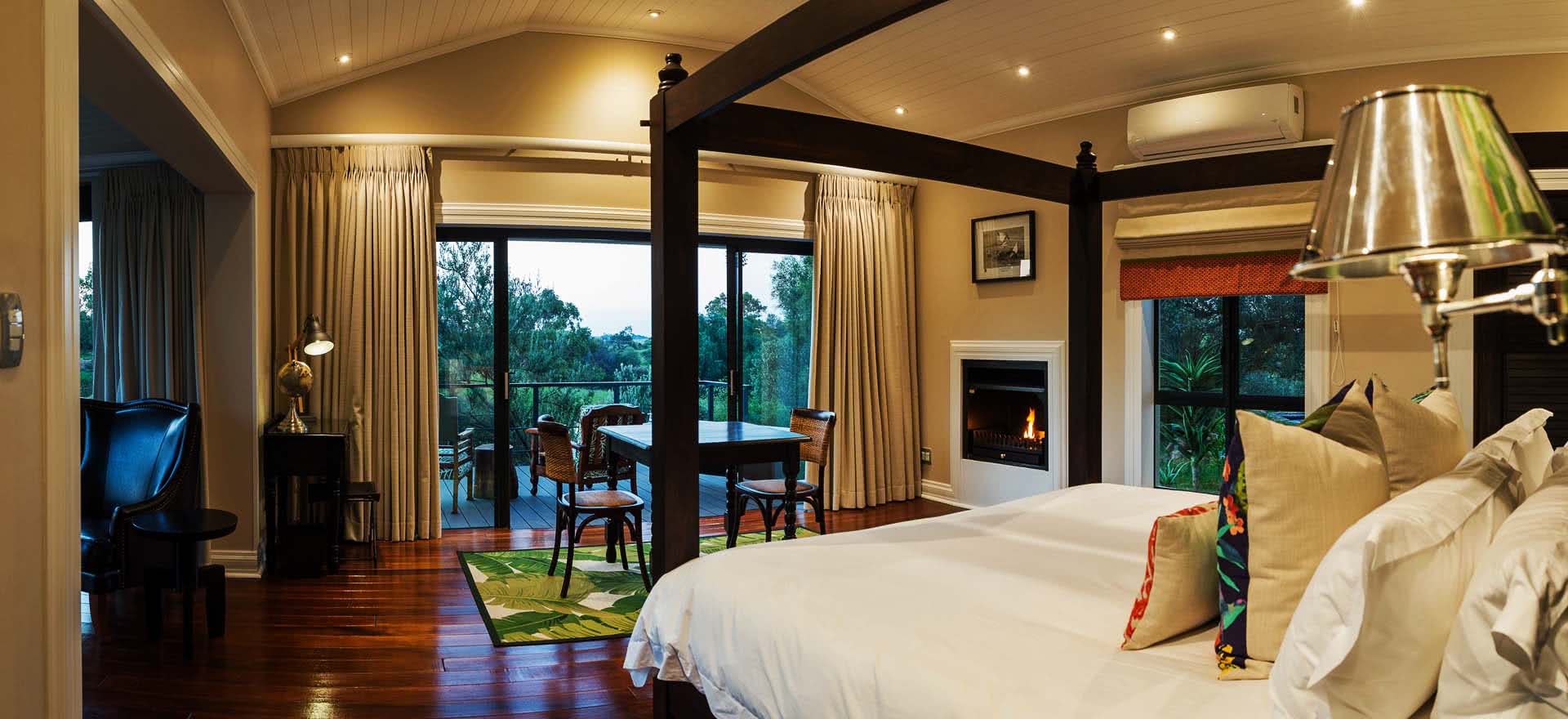
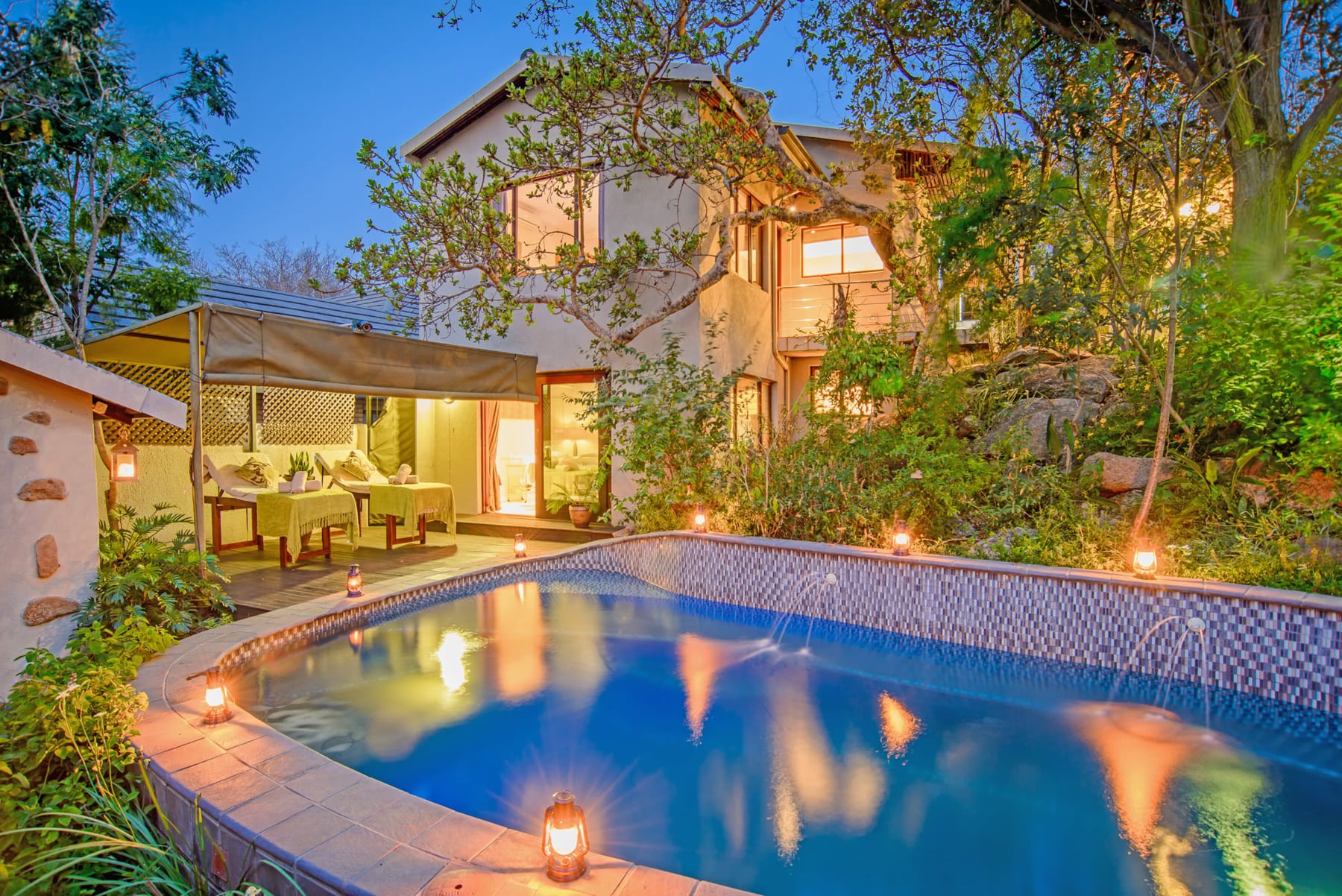




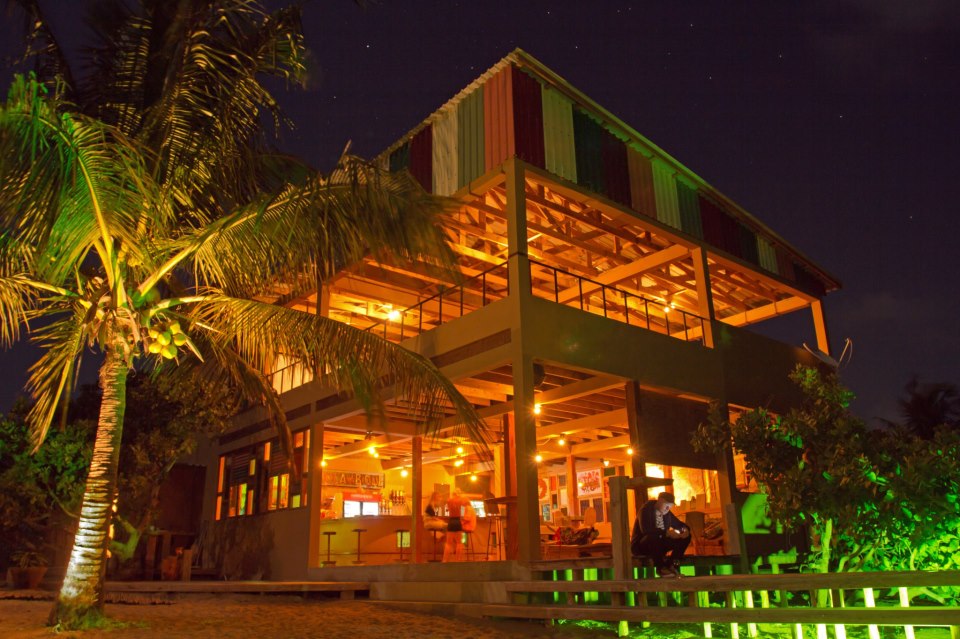




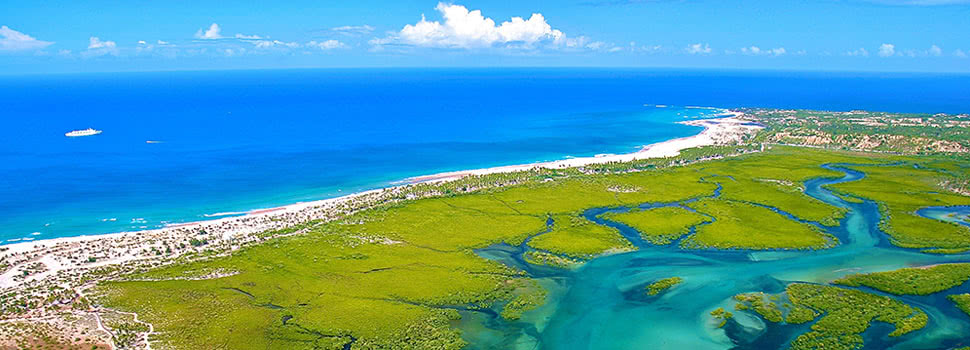
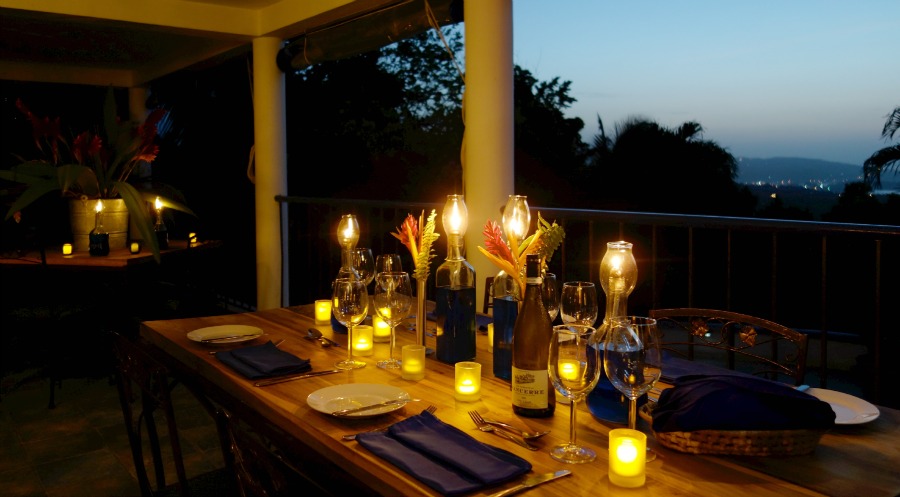



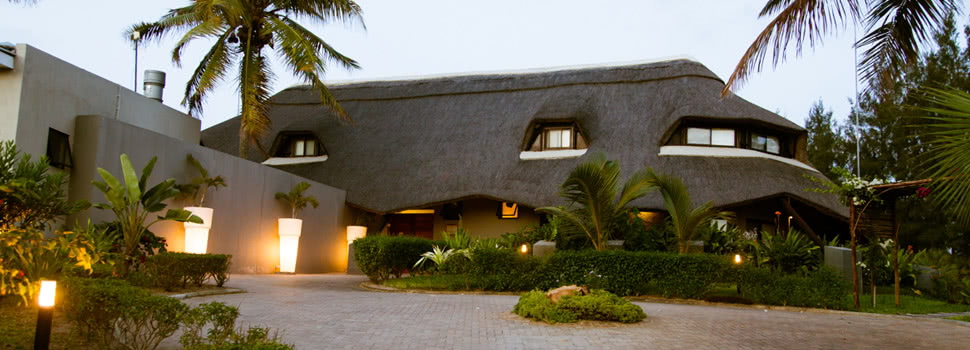



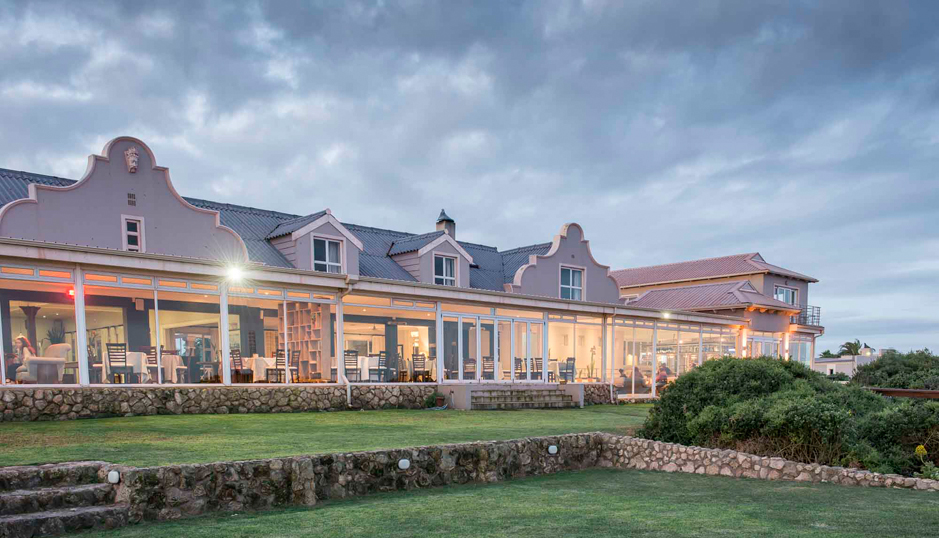


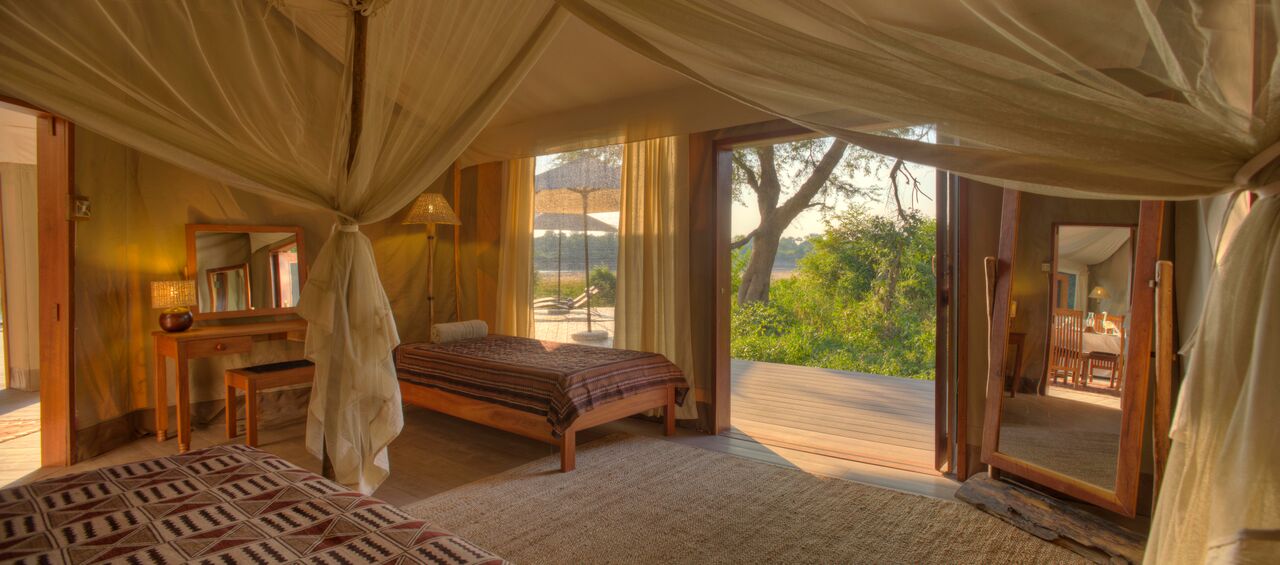


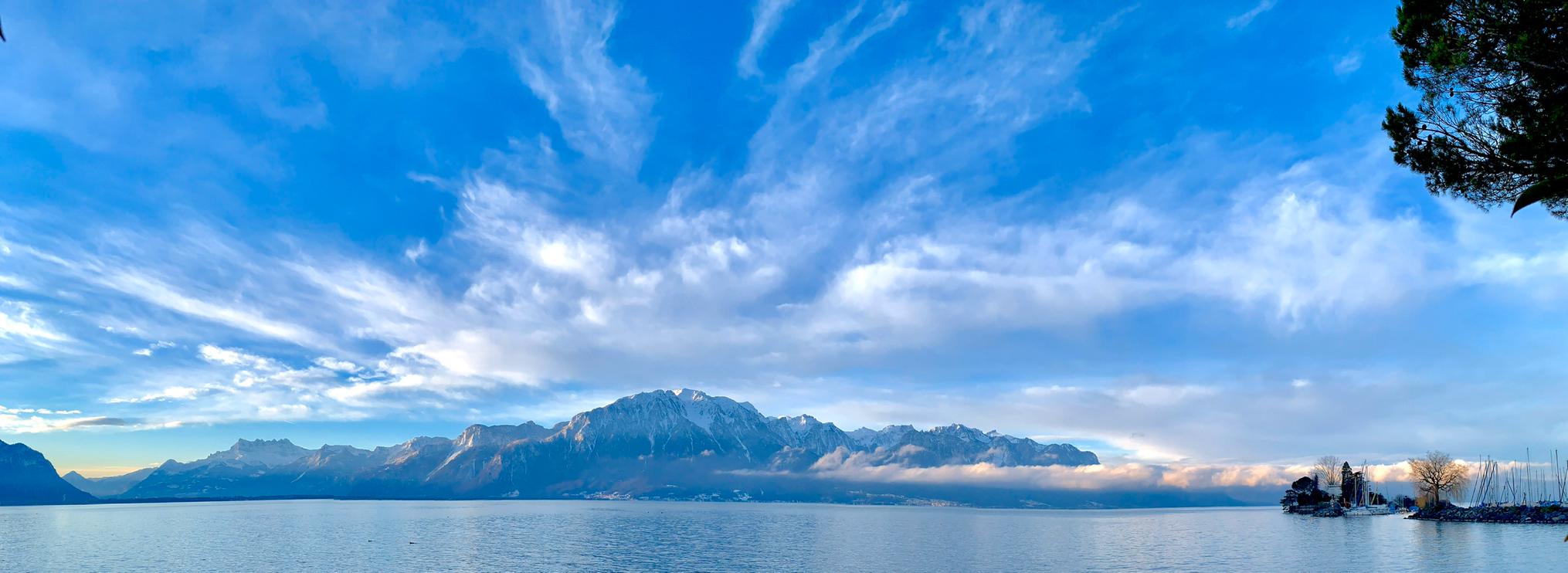


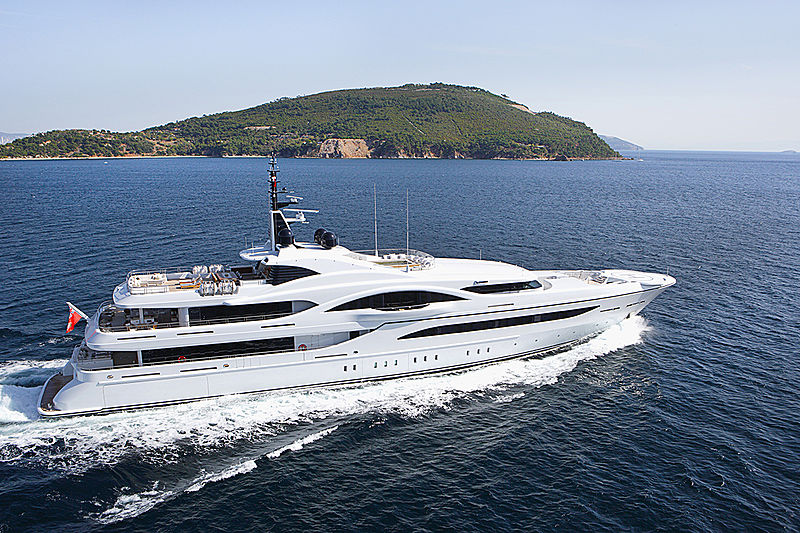














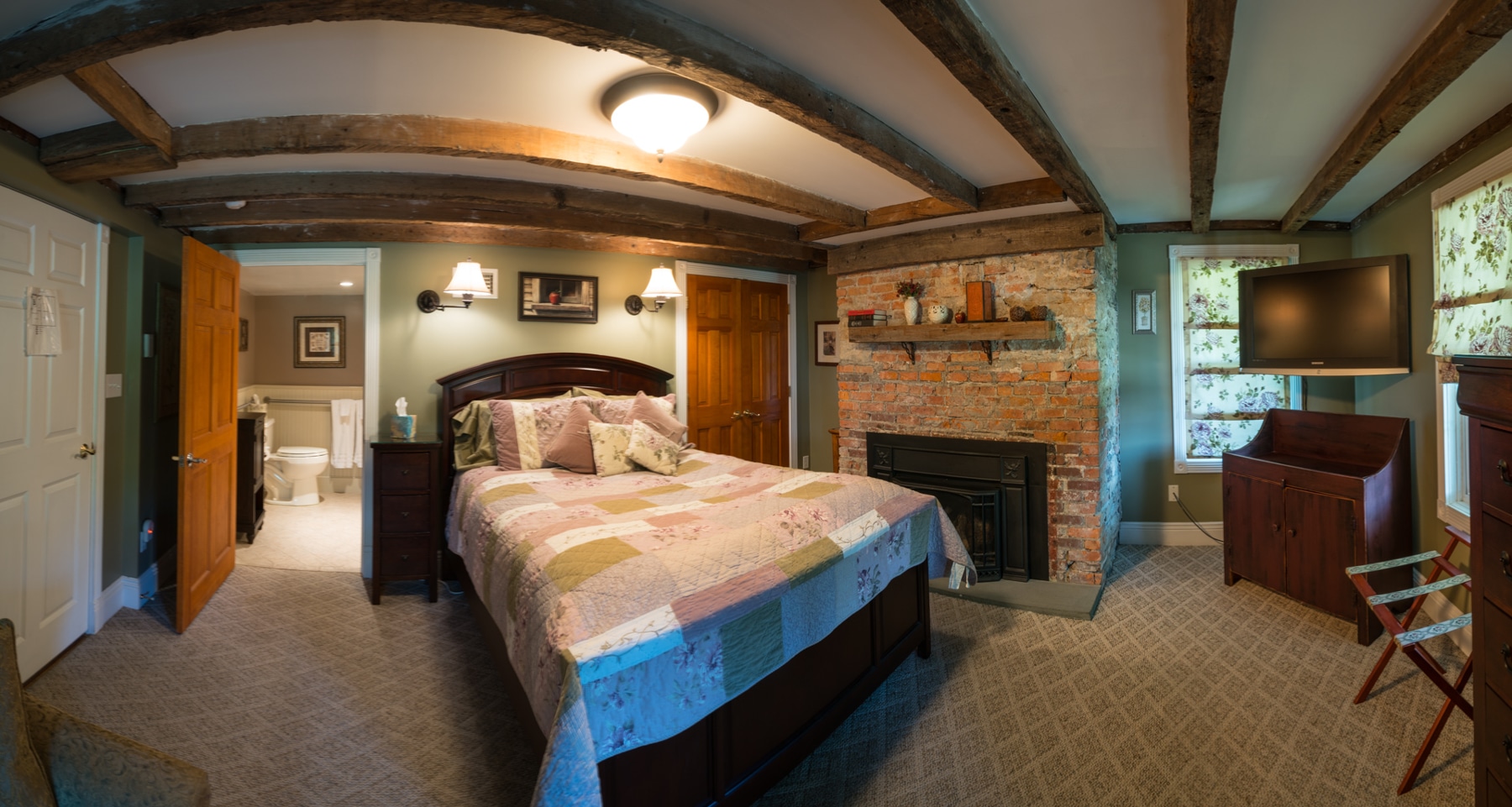






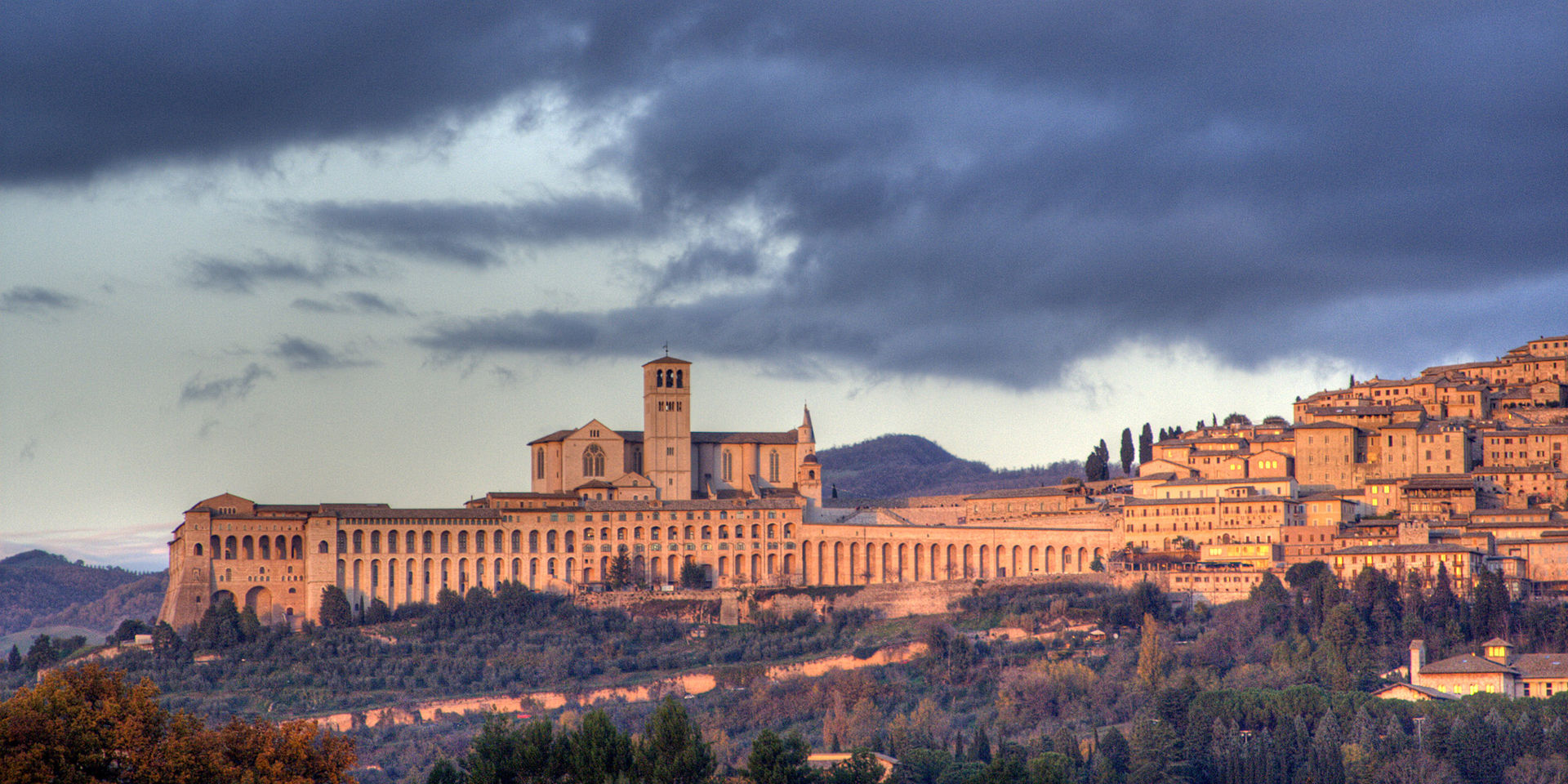
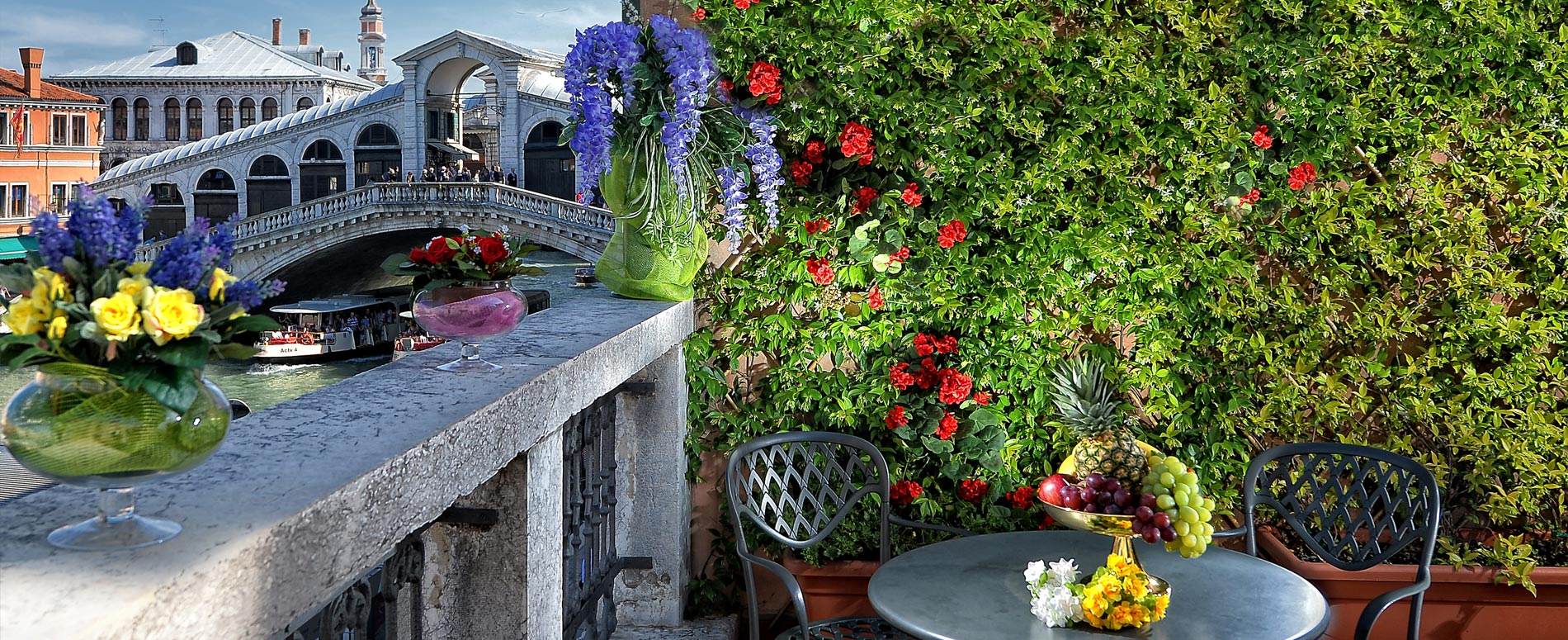






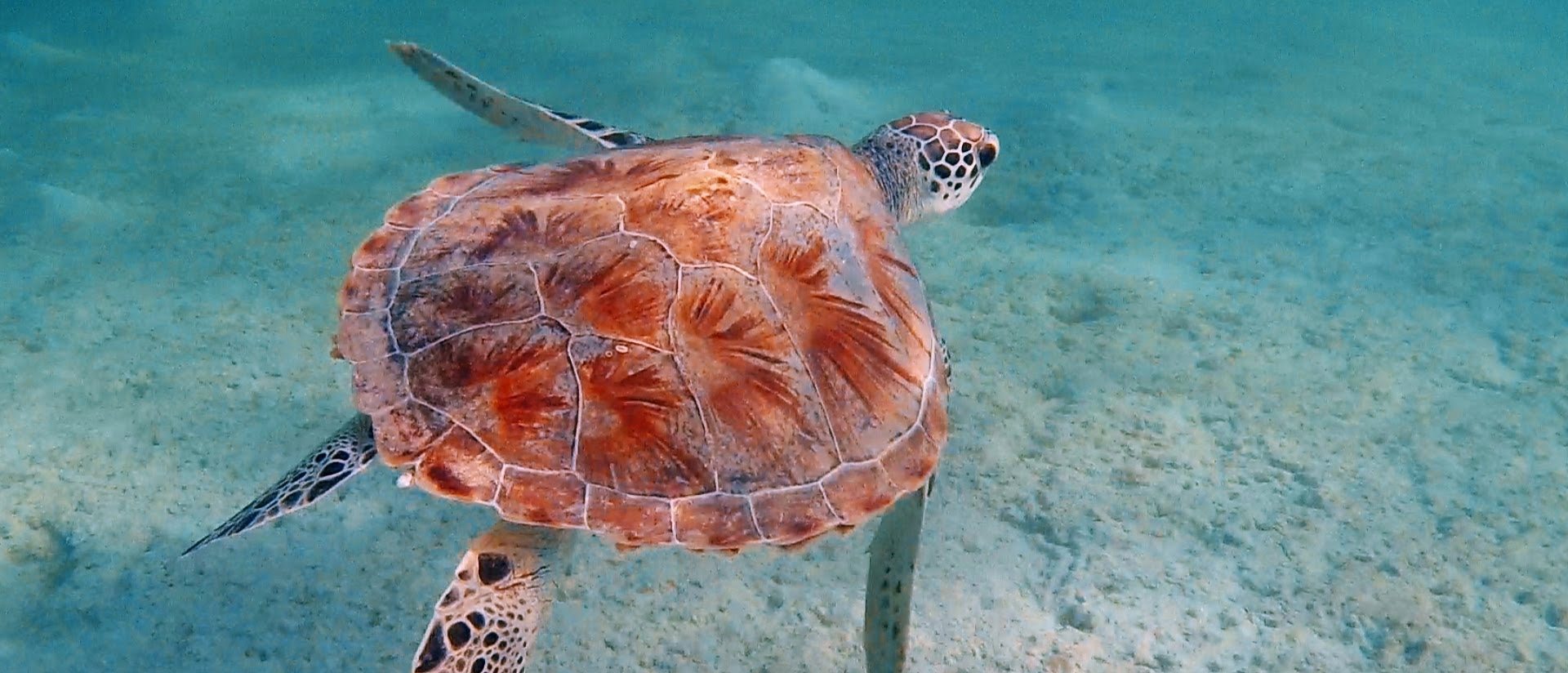

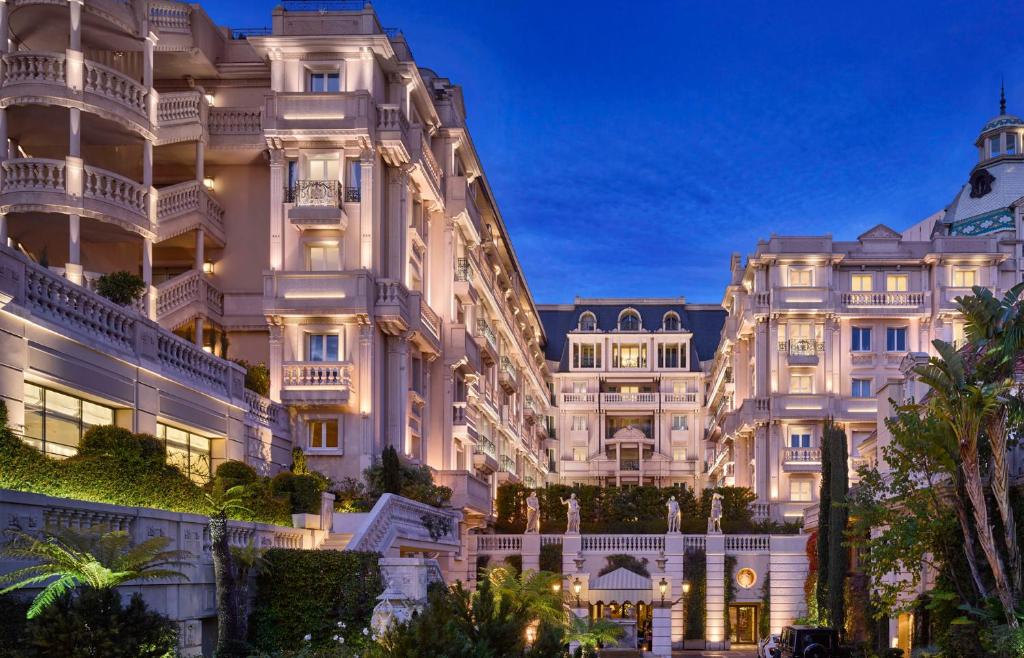

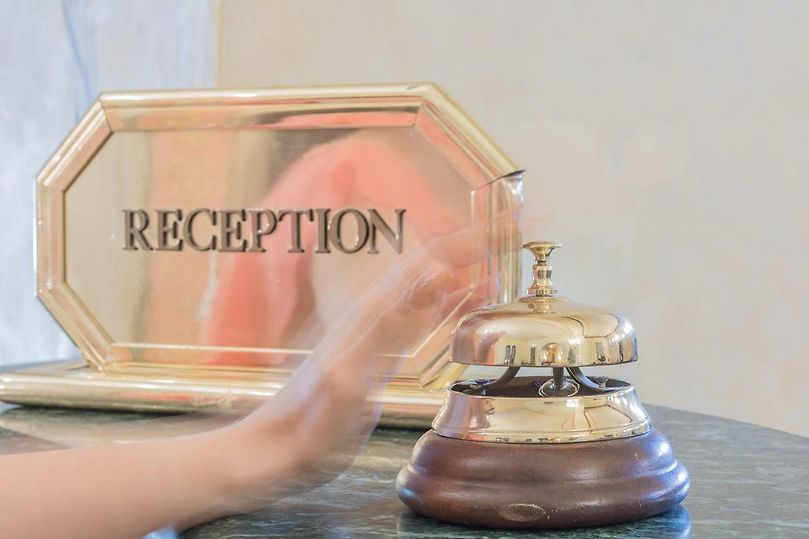

Francorchamps, Liège, Belgium
Agent: Cliff Jacobs - Managing Principal Estate Agent & CEO (Nat.Dpl.Hotel Man (UJ). M.P.R.E.)
Agent Cellphone: +27 (0) 84 413 1071 / +27 (0) 61 716 6951
Agent Office Number: +27 (0) 84 413 1071
Agent Email Address: cliff@exquisitehotelconsultants.com
Type: Boutique Hotel
Bedrooms: 19
Bathrooms: 19
Showers: 19
Parking: 20
Yield: Not Disclosed
TGCSA Rating:

Francorchamps, Belgium
Francorchamps is an old commune now part of the Stavelot municipality, a Walloon city in the Belgian province of Liège. It is home to the motor-racing Circuit de Spa-Francorchamps.
The Circuit de Spa-Francorchamps is a motor-racing circuit located in Stavelot, Belgium. It is the current venue of the Formula One Belgian Grand Prix, hosting its first Grand Prix in 1925, and has held a Grand Prix every year since 1985 (except 2003 and 2006).
Spa also hosts several other international events including the 24 Hours of Spa, the World Endurance Championship 6 Hours of Spa-Francorchamps, and the TCR Spa 500. It is also home to the Uniroyal Fun Cup 25 Hours of Spa, one of the longest motor races in the world.
The circuit has undergone several redesigns throughout its history, most extensively in 1979 when the track was modified and shortened from a 14.10 km (8.76 mi) circuit using public roads to a 6.95 km (4.32 mi) permanent circuit due to safety concerns with the old circuit.
Despite its name, the circuit is not in Spa but lies in the vicinity of the town of Francorchamps within the boundaries of the municipality of Stavelot, with a part in the boundaries of Malmedy.
Track configurations
Original layout
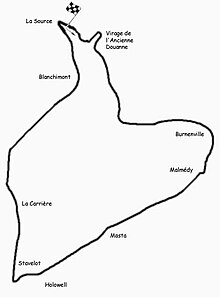
The original Spa-Francorchamps circuit was essentially a speed course, with drivers managing higher average speeds than on other race tracks. At the time, the Belgians took pride in having a very fast circuit, and to improve average speeds, in 1939 the former slow uphill U-turn at the bottom of the Eau Rouge creek valley, called the Ancienne Douane (until 1920, there was a German Empire customs office here), was cut short with a faster sweep straight up the hill, called the Raidillon. At Eau Rouge, southbound traffic was allowed to use the famous uphill corner, while the opposite downhill traffic had to use the old road and U-turn behind the grandstands, rejoining the race track at the bottom of Eau Rouge.
The old race track continued through the now-straightened Kemmel curves to the highest part of the track (104 metres above the lowest part), then went downhill into Les Combes, a fast, slightly banked downhill left-hand corner towards Burnenville, passing this village in a fast right-hand sweep. Near Malmedy, the Masta straight began, which was only interrupted by the Masta Kink between farm houses before arriving at the town of Stavelot. Then, the track progressed through an uphill straight section with a few bends called La Carriere, going through two high-speed turns (the former being an unnamed right-hand turn, and the latter named Blanchimont) before braking very hard for the La Source hairpin, and that rejoined the downhill start-finish section (as opposed to today where the start-finish section is before La Source).
Spa is located in the Belgian Ardennes countryside, and the old circuit was, and still is, used as everyday public road, and there were houses, trees, electric poles, fields and other obstacles located right next to the track. Before 1970, there were no safety modifications of any kind done to the circuit and the conditions of the circuit were, aside from a few straw bales, virtually identical to everyday civilian use. Former Formula One racing driver and team owner Jackie Oliver was quoted as saying "if you went off the road, you didn't know what you were going to hit".
Spa-Francorchamps was the fastest road circuit in Europe at the time, and it had a reputation for being dangerous and very fast – it demanded calmness from drivers, and most were frightened of it. The old Spa circuit was unique in that speeds were consistently high with hardly any let-up at all for three to four minutes. This made it an extraordinarily difficult mental challenge because most of the corners were taken at more than 180 miles per hour (290 km/h) and were not quite flat – every corner was as important as the one before it. If a driver lifted the throttle more than expected, then whole seconds, not tenths, would be lost. The slightest error of any kind carried multiple harsh consequences, but this also worked inversely: huge advantages could be gained if a driver came out of a corner slightly faster.
Like the Le Mans circuit, which also ran on public roads, Spa became notorious for fatal accidents. At the 1960 Belgian Grand Prix, two drivers, Chris Bristow and Alan Stacey, were killed within 15 minutes (although Stacey's accident was caused by a bird hitting him in the face) and Stirling Moss had crashed at Burnenville during practice and was severely injured. When Armco crash barriers were added to the track in 1970, deaths became less frequent, but the track was still notorious for other factors. The Ardennes Forest had very unpredictable weather and there were parts where it was raining and the track was wet and other parts where the sun was shining and the track was completely dry. This factor was a commonality on long circuits, but the unpredictable weather at Spa, combined with the fact that it was a track with all but one corner being high-speed, made it one of the most dangerous race tracks in the world (if not the most). As a result, the Formula 1 and motorcycle Grands Prix and 1000 km sportscar races saw smaller than usual fields at Spa because most drivers and riders feared the circuit and did not like racing there. Multiple fatalities during the 1973 and 1975 24 Hours of Spa touring car races more or less sealed the old circuit's fate, and by 1978, the last year Spa was in its original form, the only major races held there were the Belgian motorcycle Grand Prix and the Spa 24 Hours touring car race; the 1000 km World Sportscar Championship race no longer took place after 1975 and did not come back until 1982.
In 1969, the Belgian Grand Prix was boycotted by the F1 drivers because of the extreme danger of Spa. There had been ten car racing fatalities in total at the track in the 1960s, including five in the two years previous. The drivers demanded changes made to Spa which were not possible on short notice, so the Belgian Grand Prix was dropped that year. Armco barriers were added to the track and sections of it were improved (especially the Stavelot and Holowell sections), just like they had been added for the 1969 Le Mans race. One last race there the following year on the improved track was still not satisfactory enough (even after a temporary chicane was added at Malmedy just for that race) for the drivers in terms of safety, and even with the chicane, the drivers averaged 150+ mph (240 km/h) during the race. For the 1971 race, the track owners and authorities had not brought the track up to date with mandatory safety measures, and the race was cancelled. Formula One would not return to Spa until 1983 on the modern track.
Belgium
Wallonia is one of the three Regions of Belgium—alongside Flanders and Brussels.
Covering the southern portion of the country, Wallonia is primarily French-speaking and accounts for 55% of Belgium's territory, but only a third of its population. The Walloon Region was not merged with the French Community of Belgium, which is the political entity responsible for matters related mainly to culture and education, because the French Community of Belgium encompasses both Wallonia and the bilingual Brussels-Capital Region.
There is a German-speaking minority in eastern Wallonia, resulting from the annexation of three cantons previously part of the German Empire at the conclusion of World War I. This community represents less than 1%[of the Belgian population. It forms the German-speaking Community of Belgium, which has its own government and parliament for culture-related issues.
During the industrial revolution, Wallonia was second only to the United Kingdom in industrialization, capitalizing on its extensive deposits of coal and iron. This brought the region wealth, and from the beginning of the 19th to the middle of the 20th century, Wallonia was the more prosperous half of Belgium. Since World War II, the importance of heavy industry has greatly diminished, and the Flemish Region has exceeded Wallonia in wealth as Wallonia has declined economically. Wallonia now suffers from high unemployment and has a significantly lower GDP per capita than Flanders. The economic inequalities and linguistic divide between the two are major sources of political conflicts in Belgium and a major factor in Flemish separatism.
The capital of Wallonia is Namur, and the most populous city is Liège. Most of Wallonia's major cities and two-thirds of its population lie along the east–west aligned Sambre and Meuse valley, the former industrial backbone of Belgium. To the north of this valley, Wallonia lies on the Central Belgian Plateau, which, like Flanders, is a relatively flat and agriculturally fertile area. The south and southeast of Wallonia is made up of the Ardennes, an expanse of forested highland that is less densely populated.
Wallonia borders Flanders and the Netherlands (the province of Limburg) in the north, France (Grand Est and Hauts-de-France) to the south and west, and Germany (North Rhine-Westphalia and Rhineland-Palatinate) and Luxembourg (Capellen, Clervaux, Esch-sur-Alzette, Redange and Wiltz) to the east. Wallonia has been a member of the Organisation Internationale de la Francophonie since 1980.
About Us
We are 10 minutes from the towns of Spa, Stavelot and Malmedy. Free Wi-Fi is available throughout the hotel. A private and closed car park is at your disposal free of charge behind the hotel. The friendly and dedicated staff will be at your disposal to make your stay as pleasant as possible and to make the most of your experience on the Spa-Francorchamps circuit.
The Hotel at the gates of the Spa-Francorchamps circuit
Located on the road that leads to the Spa-Francorchamps circuit, our family hotel will not fail to seduce you. The hotel rooms are quietly located in a building separate from the restaurant.
It will take you less than 5 minutes to access the main entrance of the Spa-Francorchamps circuit.
The 19 3-star rooms are equipped with all the necessary modern comforts. Quality and comfortable bedding. Television, alarm clock, radio, safe, coffee machine, fridge, Bathroom with shower, WC, sink, hairdryer. The hotel rooms are all equipped with a minimum of 2 beds, but can all be used as a Single. A private and closed car park is at your disposal behind the hotel.
You can descend to the Spa-Francorchamps circuit on foot.
Access by digital code, no need for keys, you can access your room 24/7. Thanks to the digital code, late check-in is not a problem.























































Cliff Jacobs (Nat Dpl Hotel Man (UJ). MPRE. GA Level 5 TEFL) Managing Principal / CEO Exquisite Hotel Consultants (Pty) Ltd Mobile: +27 (0) 84 413 1071 (WhatsApp only) / +27 (0) 61 716 6951 (WhatsApp only) Email: cliff@exquisitehotelconsultants.com Web: https://www.exquisitehotelconsultants.com © All rights reserved Terms and Conditions apply Scroll down to view our Hospitality Properties and Businesses for sale or lease or lease-to-buy or partnership arrangement or management agreement arrangement